Restoration I: Examination
Using a scanning electron microscope to find out what our heritage types are made from, and to tell the story of their use.
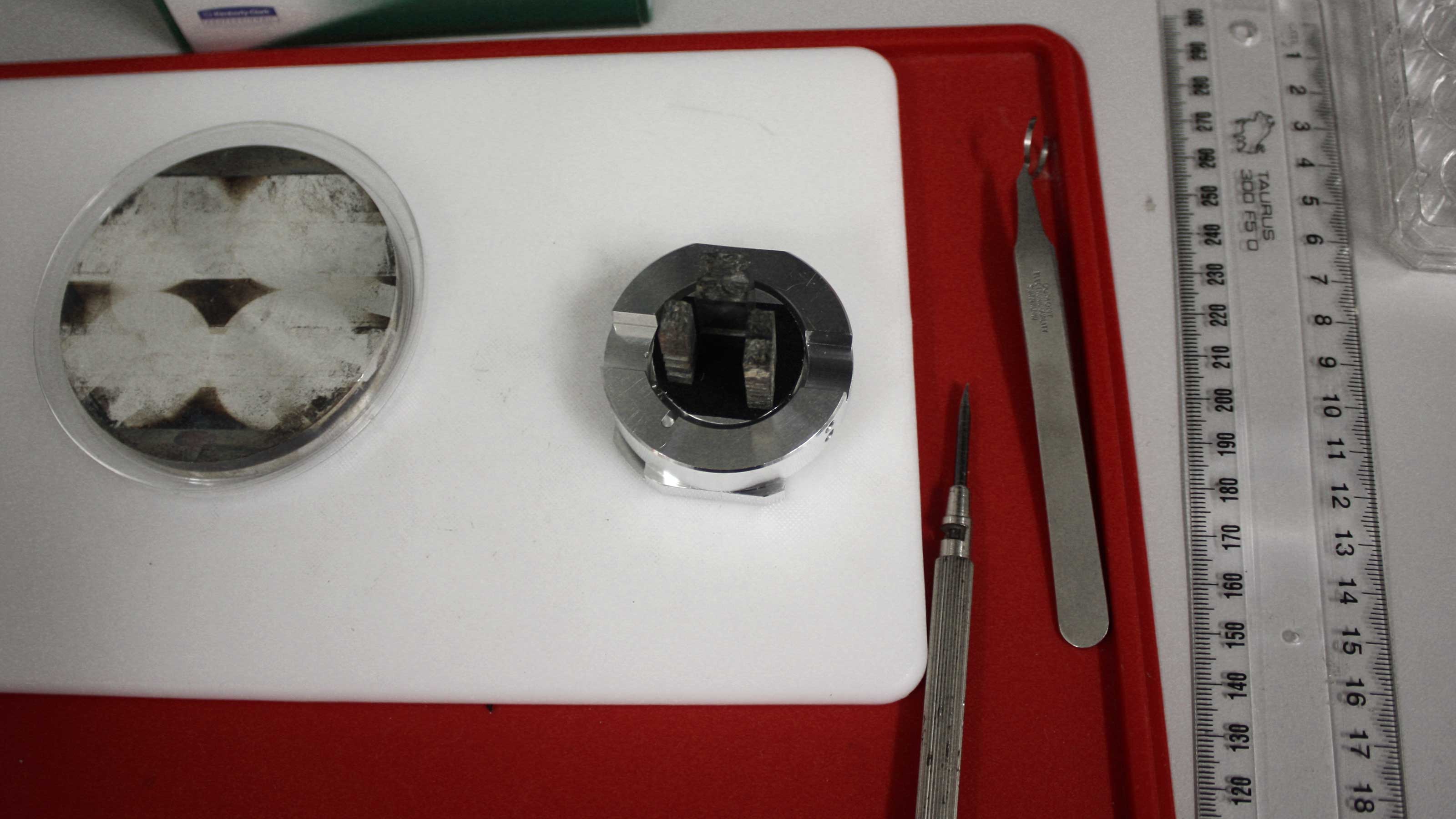
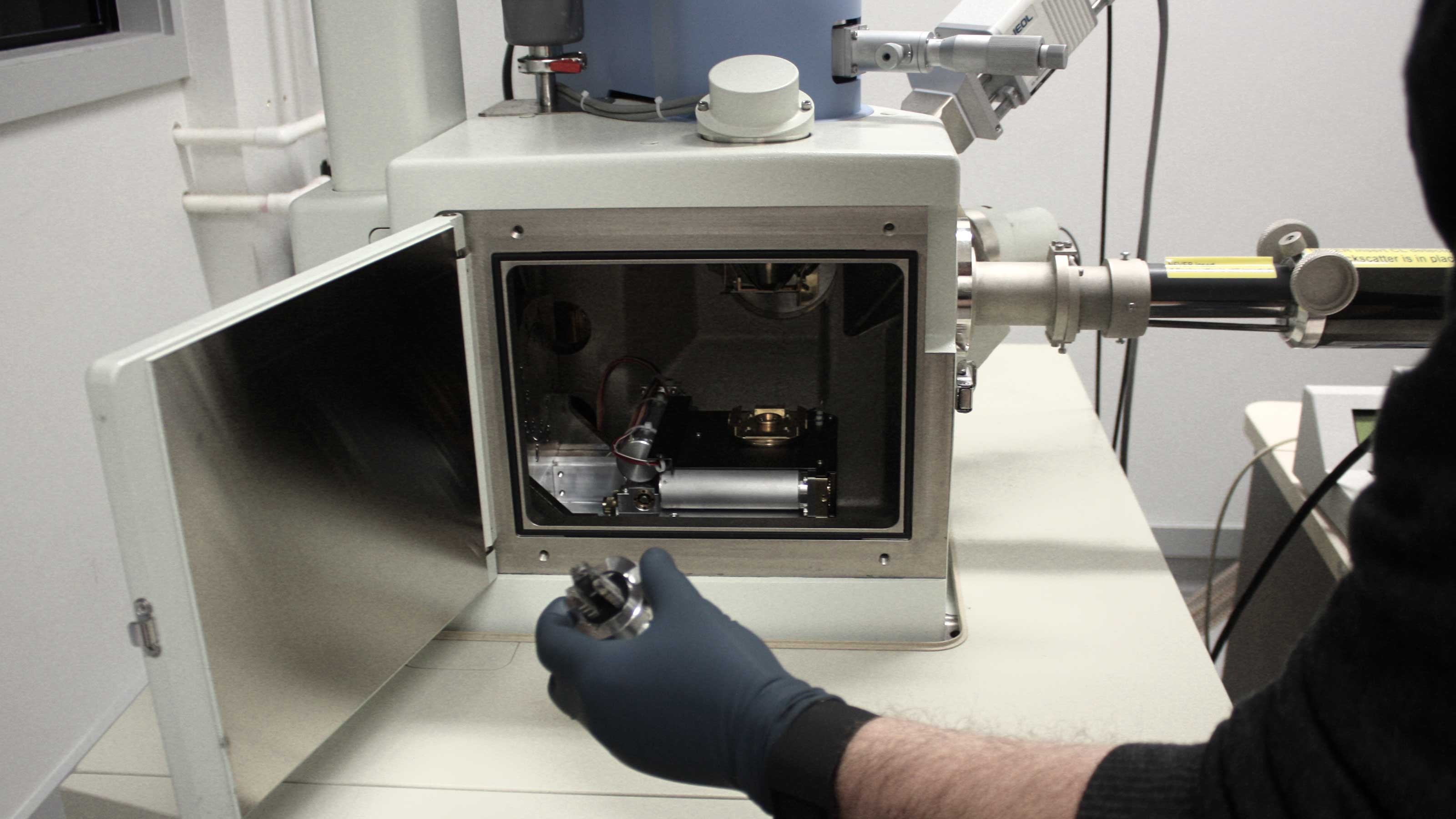
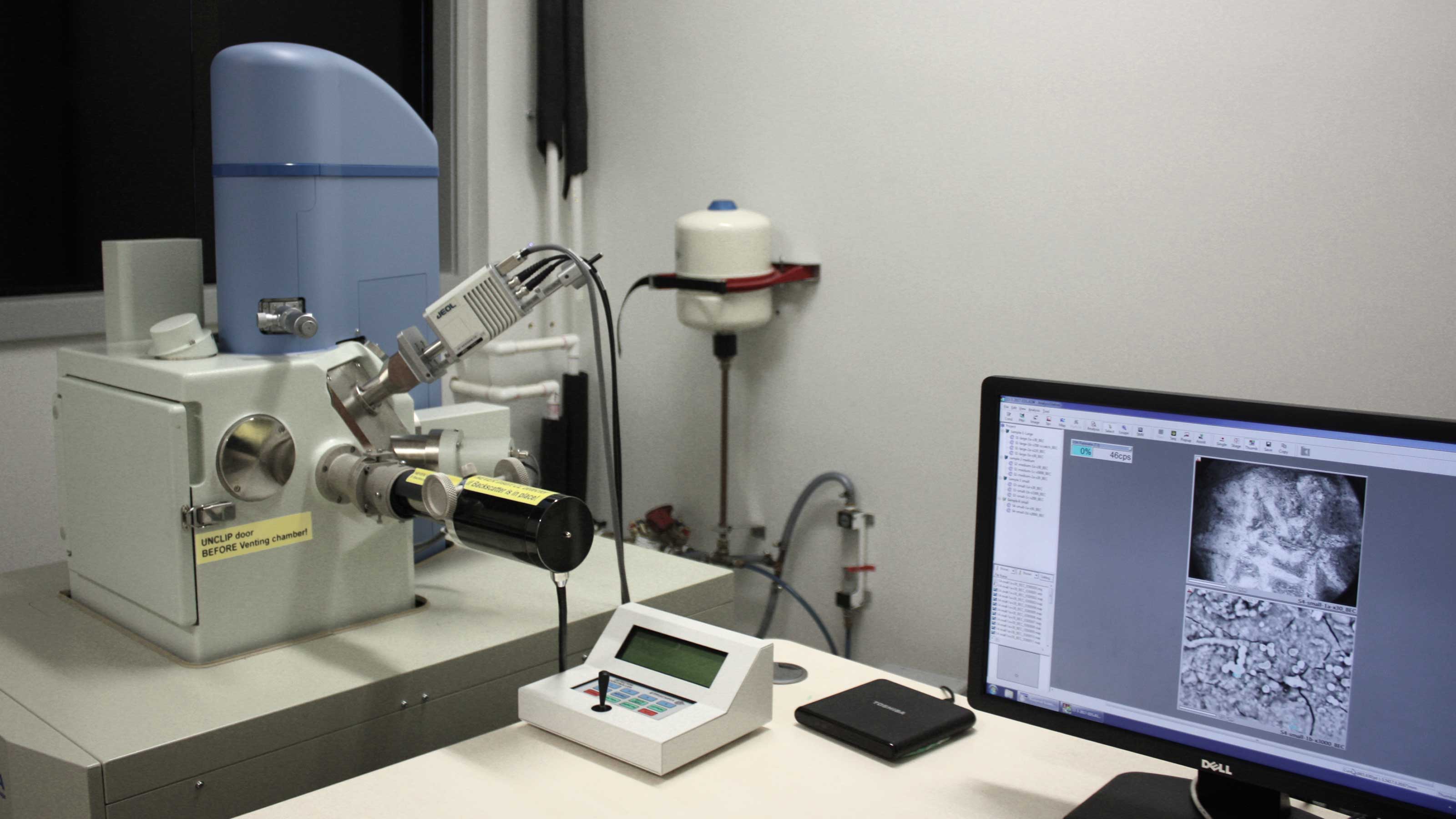
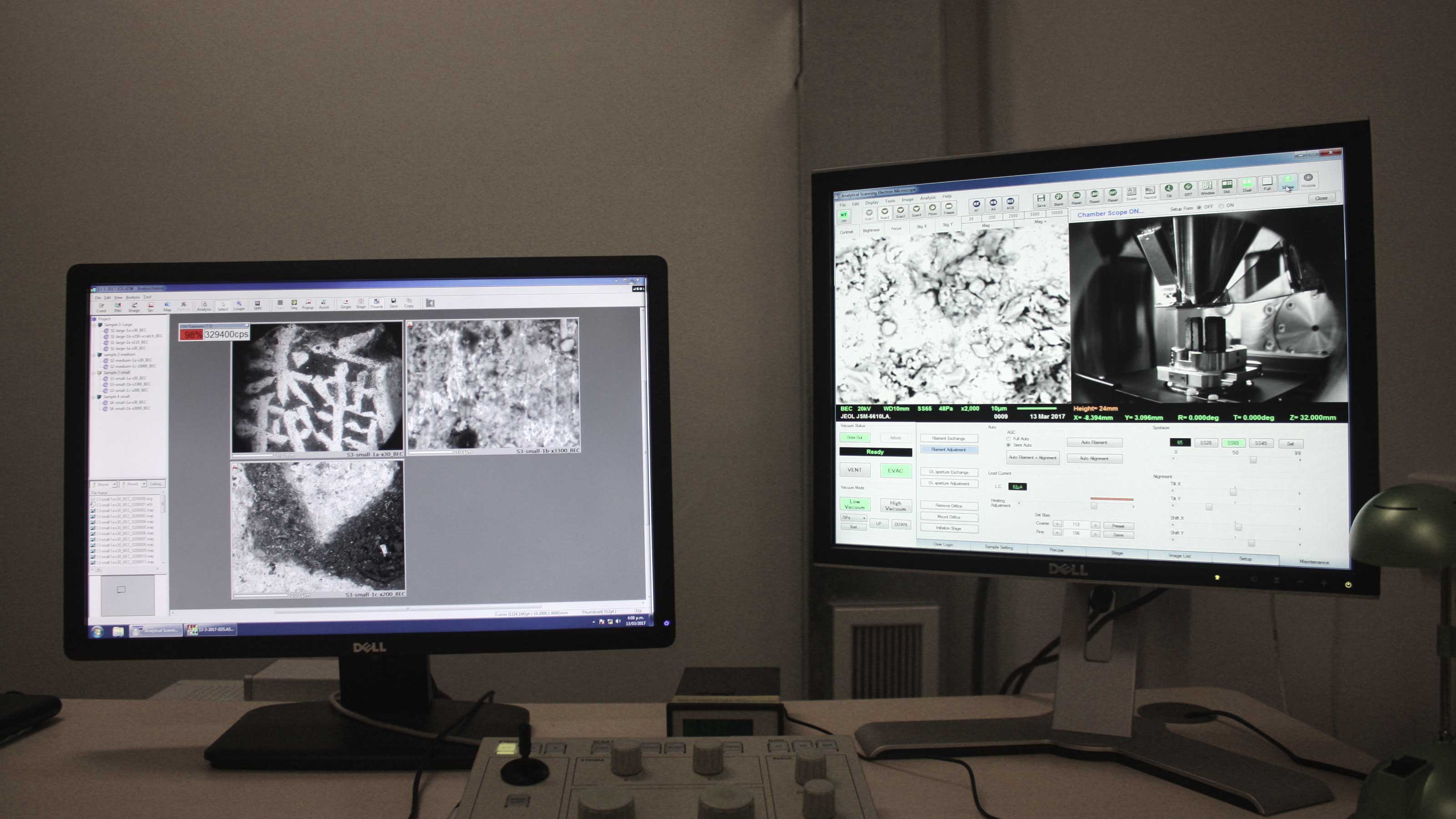
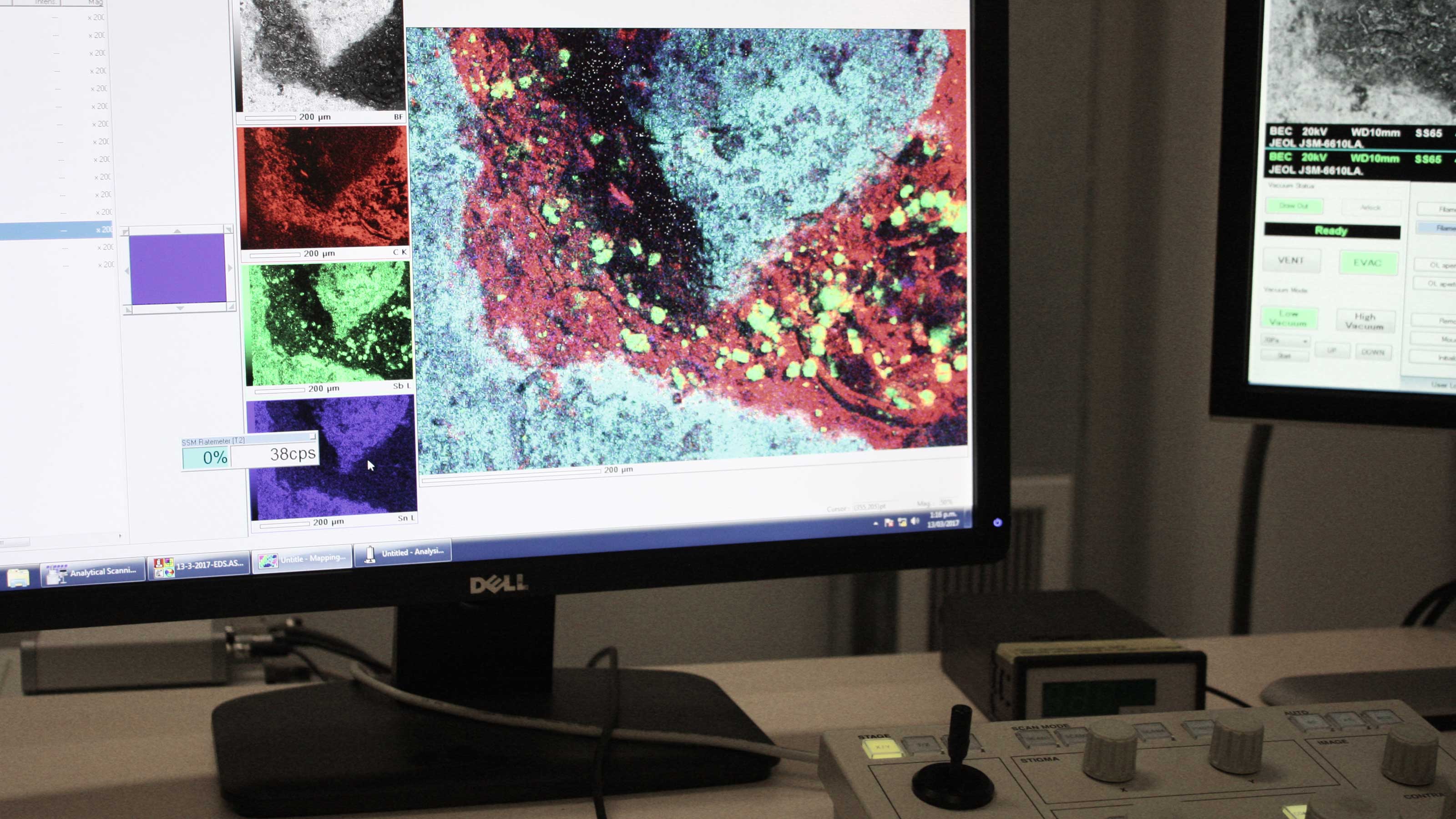
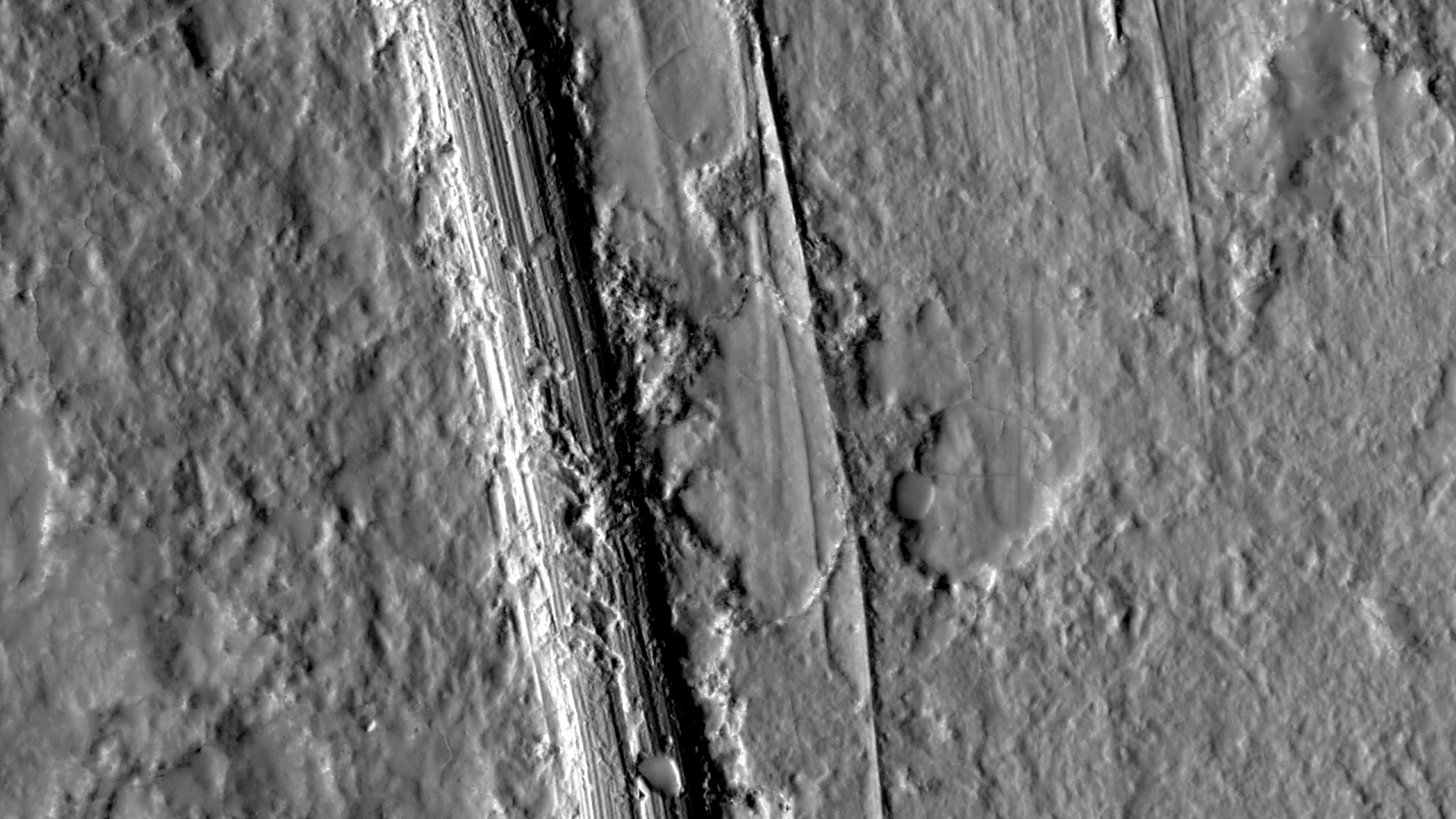
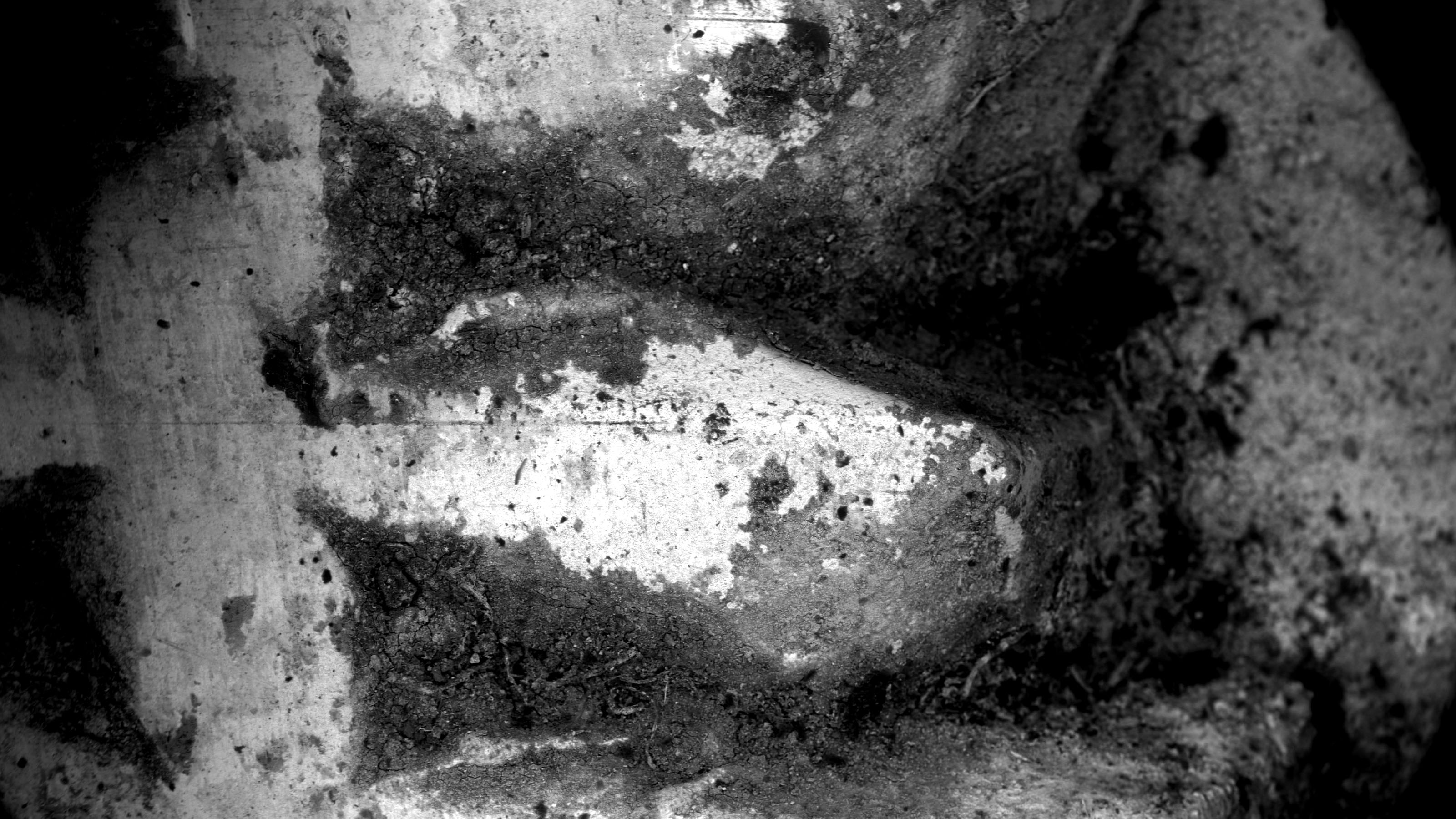

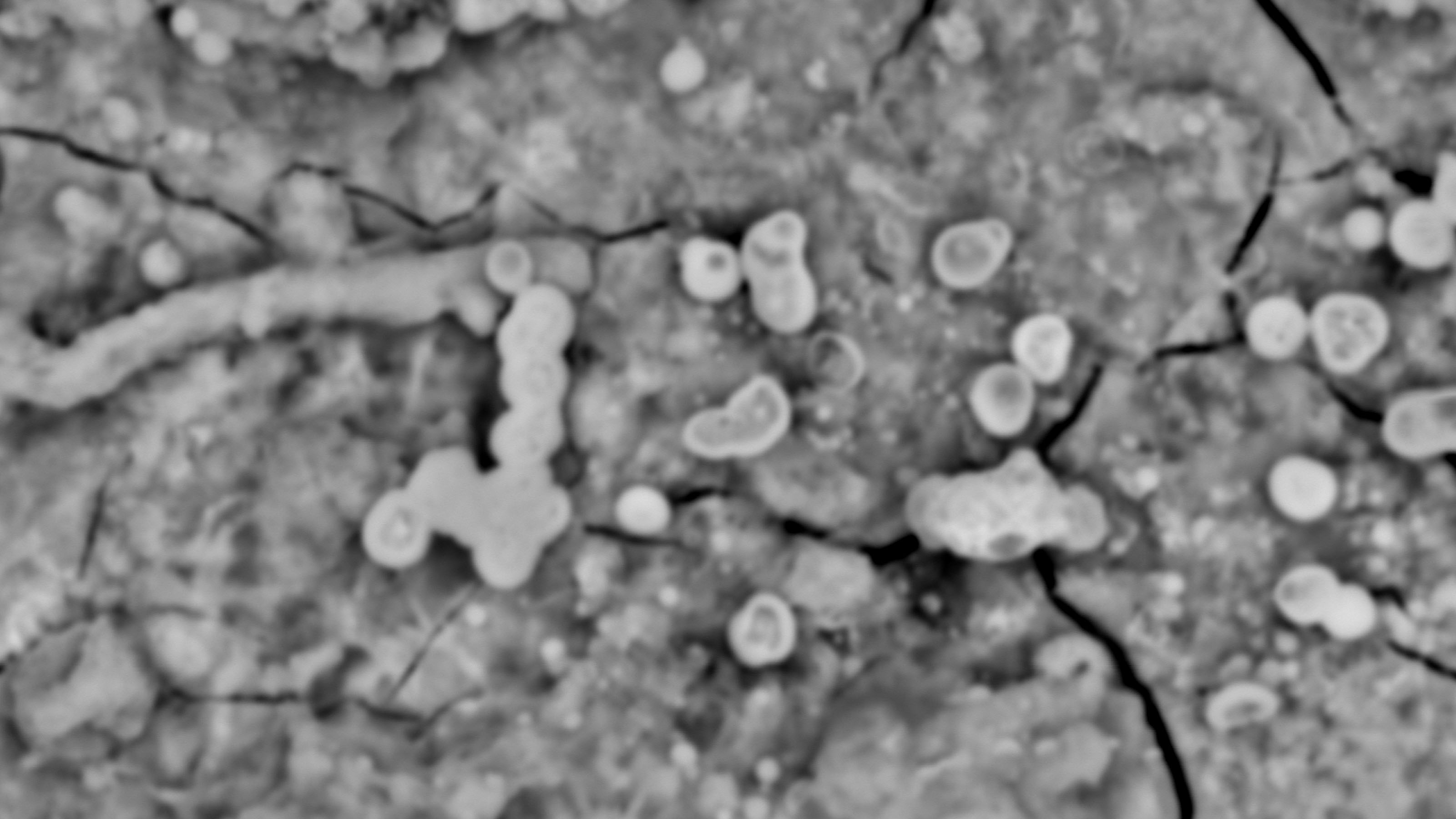
Using a scanning electron microscope to find out what our heritage types are made from, and to tell the story of their use.








